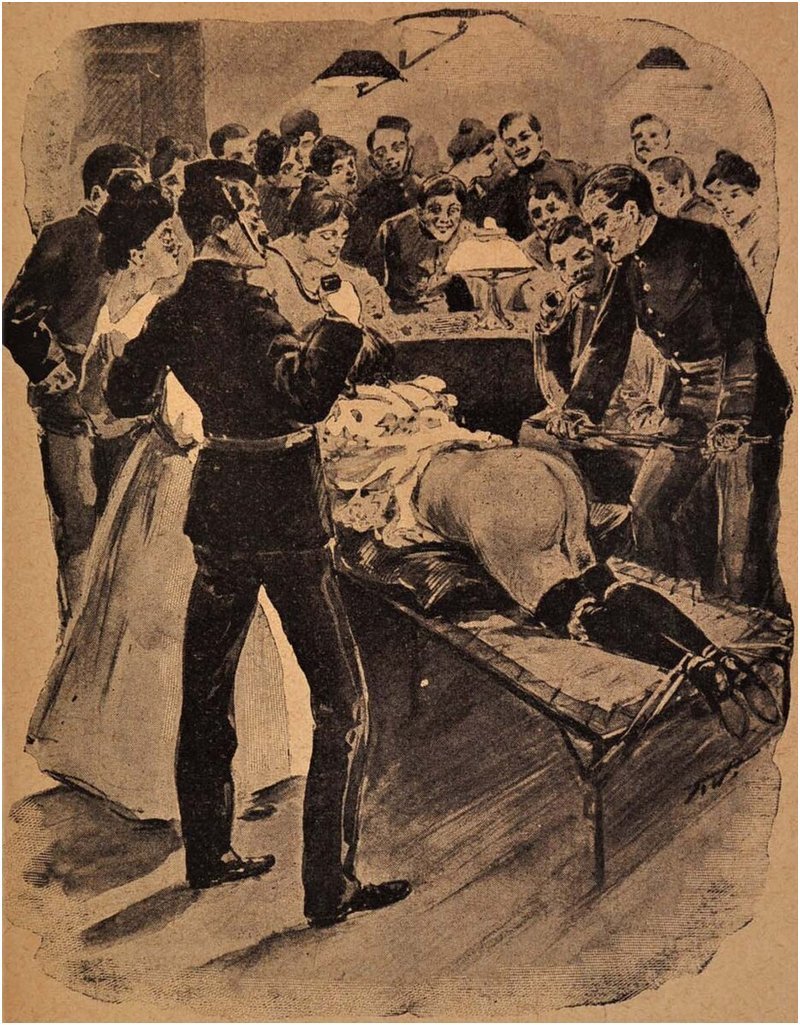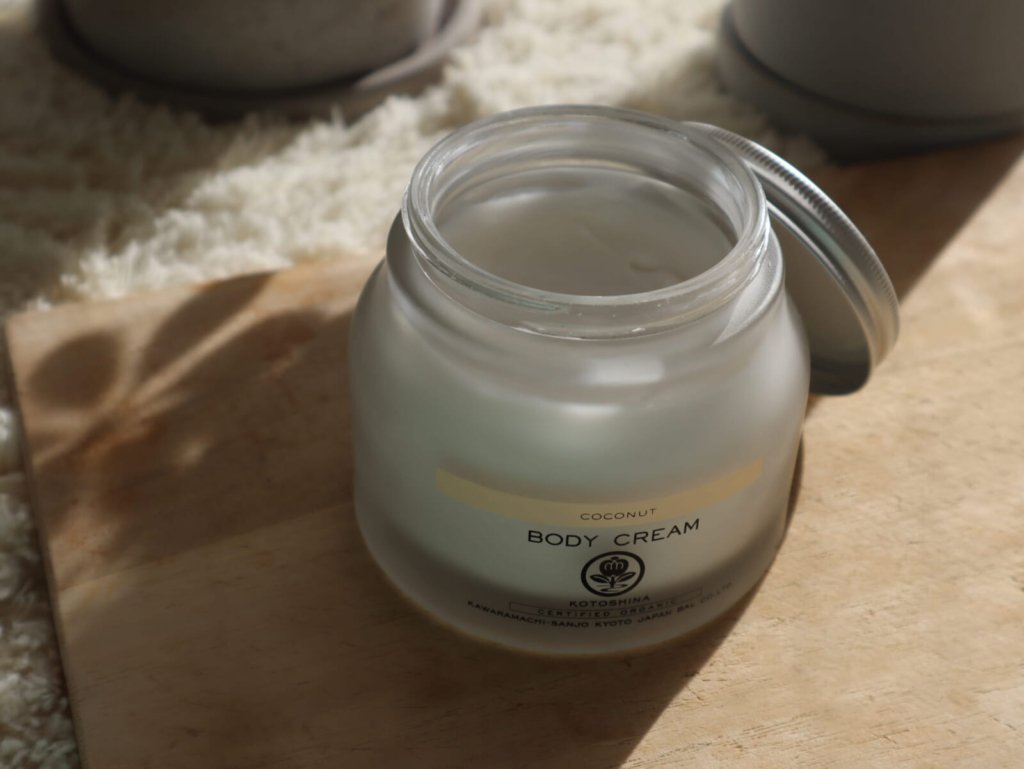Aromantic is the adjectival form of aromanticism, a romantic orientation characterized by a lack of romantic attraction.
Aromanticism is said to exist on a spectrum. People who fall on the aromantic spectrum (also known as “aro-spec” individuals) feel little to no romantic attraction to anyone or the desire to pursue romantic relationships. People of any gender or sexual orientation can be aromantic.
The opposite of aromantic is alloromantic: the tendency to develop romantic attraction, romantic feelings, and the desire for romantic relationships.
Romantic orientation versus sexual orientation
Because these two concepts can overlap, sexual orientation and romantic orientation are often confused. However, they are two very distinct terms and concepts.
Sexual orientation refers to the sex or gender of the person toward whom one is likely to feel sexual attraction or desire. Romantic orientation refers to the sex or gender of the person toward whom one is most likely to feel romantic attraction, develop feelings of romantic love, or want to pursue a romantic relationship.
Right now, there has been little research The research has focused on aromanticism. Because many people have difficulty distinguishing between sexual attraction and romantic attraction, studying the topic has proven difficult so far. The broader distinguishing factors between romantic orientation and sexual orientation remain somewhat unclear.
Romantic feelings versus love
A common misconception Aromanticism means a lack of emotional intelligence or an inability to form intimate relationships of any kind. Some aromantics may be turned off by the idea of romance and the feelings associated with it, but others may simply be neutral or indifferent to it. Still others may experience feelings of romantic love, but only in exceptional circumstances.
Aromantic people are still capable of feeling love and forming affectionate bonds with other people. They can form strong and meaningful interpersonal relationships, including queerplatonic ones. queerplatonic connection is an interpersonal relationship that is expressed as more than just friendship, sometimes with a deeper, more conscious level of commitment and a loving quality, but does not involve romantic or sexual feelings.
Romantic attraction or romantic love can include an intense desire for emotional closeness and intimacy. This can include the desire for intimate and affectionate touch. Individuals on the aromantic spectrum may have a desire for physical intimacy, affectionate touch, emotional closeness, or sexual intercourse. These needs and desires are simply not or rarely motivated by feelings of romantic love.
Aromantism and asexuality
The “A” in LGBTQIA+ collectively stands for Asexual, Aromantic, and Agender. Because of this shared A, the A-spectrum (abbreviated as a-spec) is an umbrella term that can be used to denote both the asexual and aromatic spectra.
Asexuality and aromanticism may share conceptual similarities, but they are not synonymous. While some people may identify as both asexual and aromantic, the two do not necessarily occur simultaneously since one refers to sexual orientation and the other to romantic orientation respectively. People of any sexual orientation can be aromantic.
Aromanticism and Sex
As a romantic orientation, aromanticism does not comment on a person’s sexual orientation or tendencies toward sexual attraction or desire.
Unless they are also asexual (aroace, meaning they do not experience romantic or sexual attraction), individuals on the aromantic spectrum can and often do experience sexual attraction, feel sexual desire, and enjoy engaging in sexual activities. Being aromantic does not affect a person’s ability to feel or desire sexual pleasure.
Aromantic Spectrum
The aromantic spectrum is the umbrella term that includes all variations of romantic identities that fall under the category of aromanticism. While some aromantic people do not experience romantic attraction under any circumstances, others may experience it occasionally, under very specific circumstances. Because these circumstances are exceptional and/or rare, they feel that they identify more closely with the aromantic experience than with the alloromantic experience.
Other notable identities and microlabels under the aromantic spectrum umbrella include:
– Aegoromantic:A person who is interested in romance as a concept or on a fantasy level, but has no interest in engaging in romantic activity or desiring a romantic relationship.
– Aroflux: An individual whose tendency toward romantic attraction changes over time.
– Autoromantic: A person who may feel romantic attraction to themselves.
– Cupioromantic: A person who does not feel romantic attraction but still desires a romantic relationship.
– Demiromantic: An individual who only experiences romantic feelings toward another person after developing a strong emotional bond with that person.
– Gray-romantic: An individual who occasionally, but rarely, experiences romantic feelings and only under certain conditions.
– Lithromantic: Also known as Akoiromantic, an individual who may experience romantic feelings toward another person as long as those feelings are not reciprocated. When romantic desire is reciprocated, the attraction felt by the lithromantic/akoiromantic person dissipates or disappears.
– Quoiromantique: Also sometimes known as a WTFromantic, an individual who cannot discern the difference between different forms of attraction and whether or not they feel attraction.
– Reciprocal: A person who only experiences romantic feelings when they know the other person feels the same way they do.
Aromantic Pride Flag and Symbols

Several proposals for an aromantic pride flag have been made over the years. The most commonly used flag today, created by Cameron Whimsey in 2014, features horizontal stripes of equal width that form a sort of gradient; starting at the top with dark green, descending to light green, white, gray, and black.
Dark green represents aromanticism while light green incorporates the rest of the aromantic spectrum. Green was chosen because it is the complementary (opposite) color to red on the color wheel: the color most commonly associated with feelings of romantic love. The white band symbolizes platonic and aesthetic attractions, and the gray and black bands recognize the sexual spectrum in its entirety.
Other aromantic symbols include an arrow, which is a homophone of the abbreviation aroa white ring on the middle finger of his left hand, a green heart, the spade of a playing card and, obscurely, an aardvark.


 Anal Beads
Anal Beads Anal Vibrators
Anal Vibrators Butt Plugs
Butt Plugs Prostate Massagers
Prostate Massagers
 Alien Dildos
Alien Dildos Realistic Dildos
Realistic Dildos
 Kegel Exercisers & Balls
Kegel Exercisers & Balls Classic Vibrating Eggs
Classic Vibrating Eggs Remote Vibrating Eggs
Remote Vibrating Eggs Vibrating Bullets
Vibrating Bullets
 Bullet Vibrators
Bullet Vibrators Classic Vibrators
Classic Vibrators Clitoral Vibrators
Clitoral Vibrators G-Spot Vibrators
G-Spot Vibrators Massage Wand Vibrators
Massage Wand Vibrators Rabbit Vibrators
Rabbit Vibrators Remote Vibrators
Remote Vibrators
 Pocket Stroker & Pussy Masturbators
Pocket Stroker & Pussy Masturbators Vibrating Masturbators
Vibrating Masturbators
 Cock Rings
Cock Rings Penis Pumps
Penis Pumps
 Wearable Vibrators
Wearable Vibrators Blindfolds, Masks & Gags
Blindfolds, Masks & Gags Bondage Kits
Bondage Kits Bondage Wear & Fetish Clothing
Bondage Wear & Fetish Clothing Restraints & Handcuffs
Restraints & Handcuffs Sex Swings
Sex Swings Ticklers, Paddles & Whips
Ticklers, Paddles & Whips



















